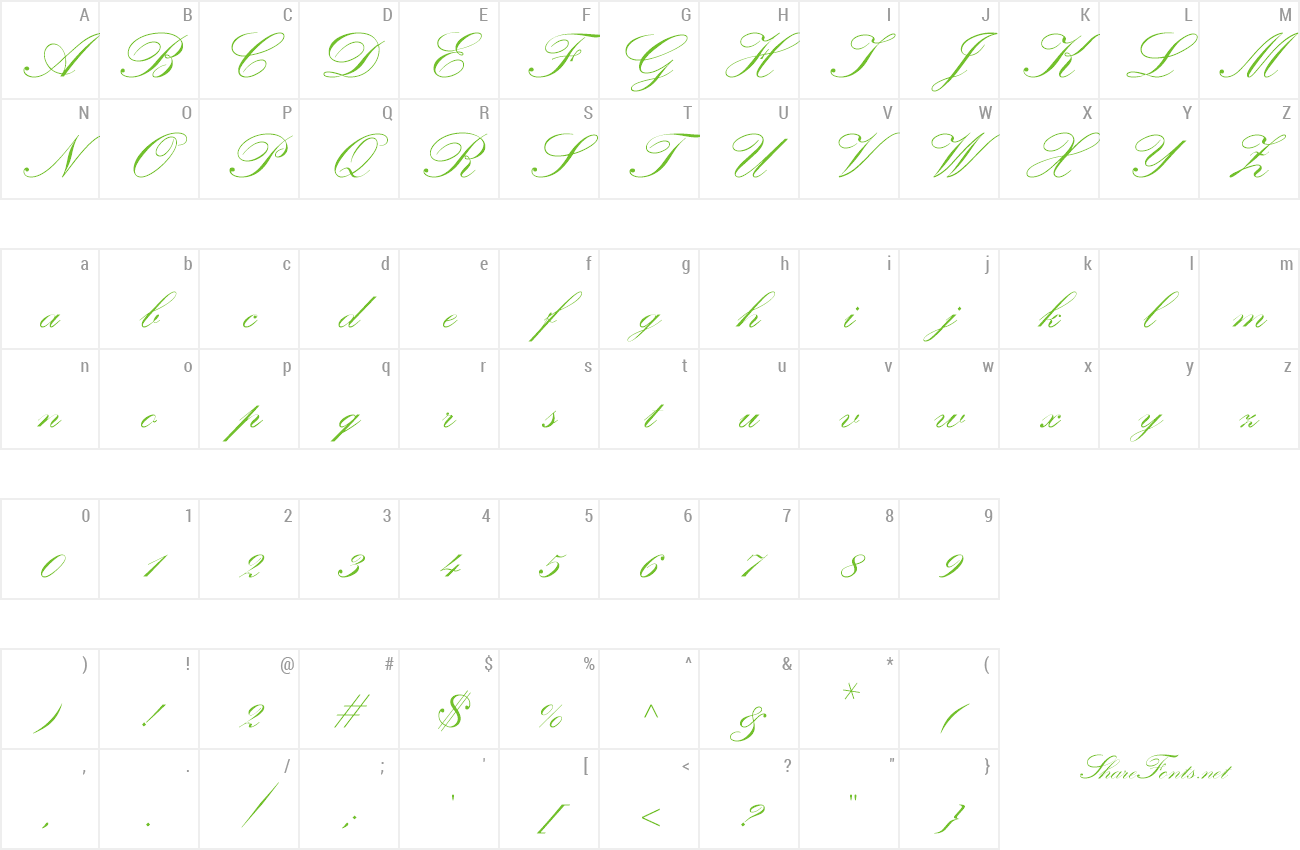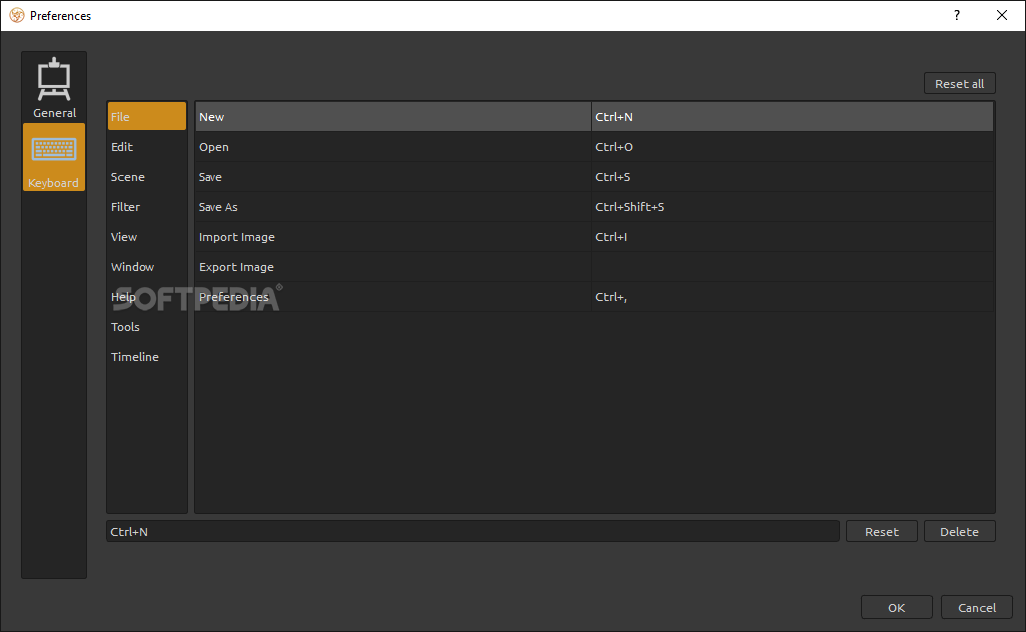
Experimenting with substitution and automation is still a great pleasure for me. It’s a very time-consuming process, but at the end I am satisfied that it can get to pretty much the same results easier and more traditional methods accomplish.Īnd as usual with my fonts, the OpenType is plenty and a lot of fun. They’re the product of a true Bezier process, all starting with a point creating a curve to another point, which draws a curve to another point, and so on. No special analog or digital brushes or pens were used in drawing these forms. My life for a while was all Bezier all the time. With Semilla, my normal routine went out the window. To make a long story short, what’s inside that German book served as the semilla, which is Spanish for seed, for the typeface you see all over these pages. I suppose I find it strange because it deviates a lot from the American stuff I’m used to working with for so long now. The lettering in that book is upbeat and casual sign making stuff, but it has a slightly strange and youthful experimentation at its heart. It was no use for me because it didn’t propel my focus at that particular time, but a few months ago I was marveling at what we take for granted – the sky is blue, blackletter is German, lettering is American – and found myself flipping through the pages of that book again.

So you can imagine my simultaneous surprise and impatience when, in my research for one of my American lettering-based fonts, I ran into a German lettering book from 1953, by an artist called Bentele. The same perspective also associates blackletter, gothics and sans serifs with Germany. Someone with my historical knowledge about lettering may be snooty enough to go as far as pointing out the British origins of almost everything American, including lettering – but for the most part, the contemporary perspective associates great lettering with America.

Hand lettering is now mostly perceived as an American art. But of course some of the research material you run into turns out to be tangential to whatever your focus happens to be at the time, so you absorb what you can from it, then shelf it – like the celebrity bobblehead that amused you for a while, but is now an almost invisible ornament eating dust and feathers somewhere in your environment.Īnd just like the bobblehead may fall off the shelf one day to remind you of its existence, some of my lettering research material unveiled itself in my head one day for no particular reason.

When you spend so much time researching and studying a subject, you become very focused, directionally and objectively. Alongside a few other minor obsessions, those two have been my major ones for so many years now, I’ve finally reached the point where I can actually claim them as “obsessions” without getting a dramatic reaction from the little voice in the back of my head. I spend a lot of time following two obsessions: packaging and hand lettering. Semilla was designed by Alejandro Paul and published by Sudtipos.


 0 kommentar(er)
0 kommentar(er)
